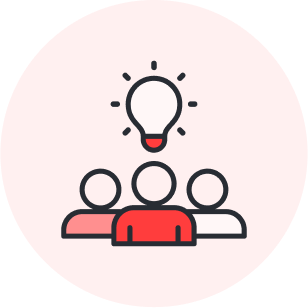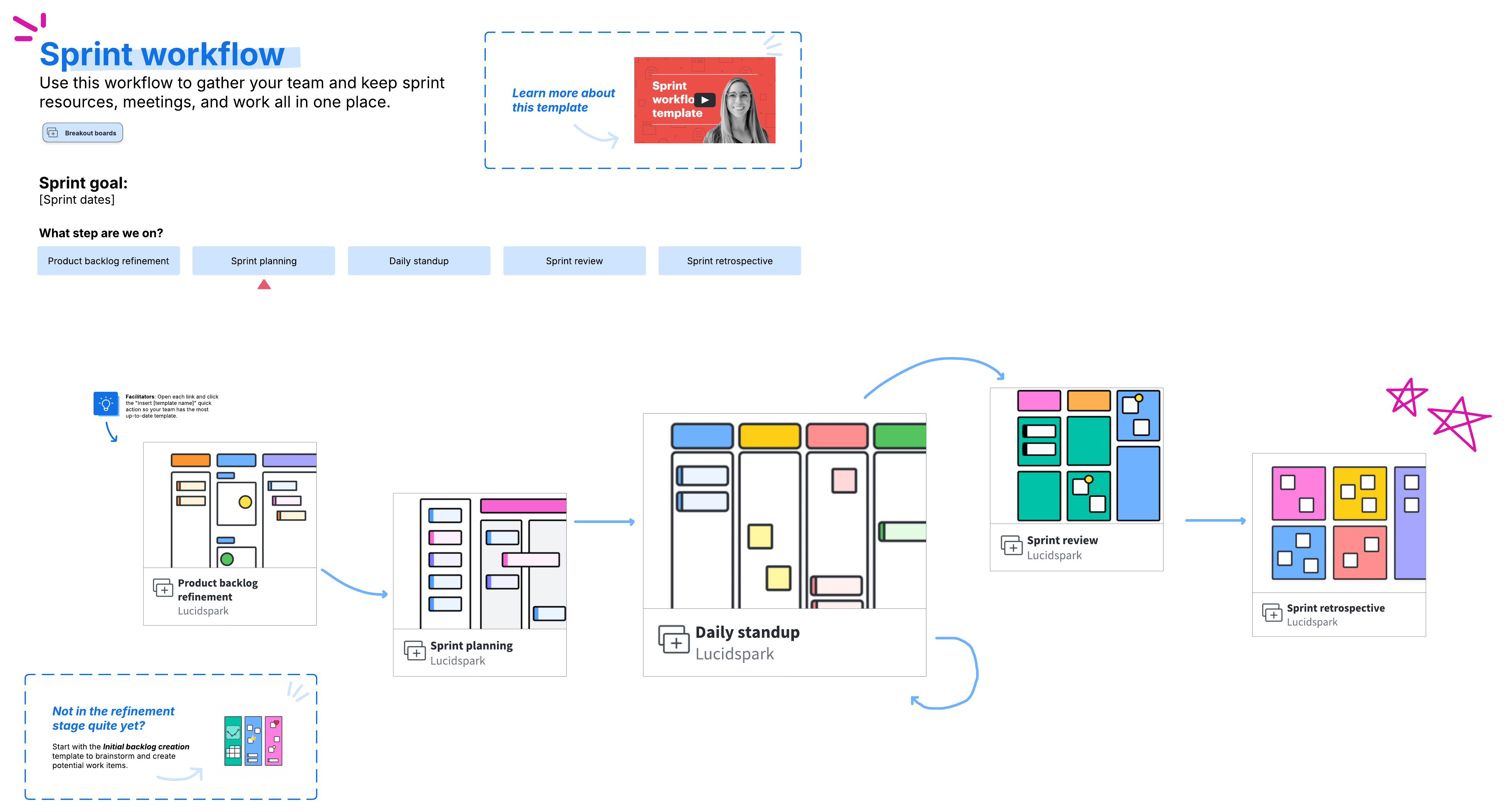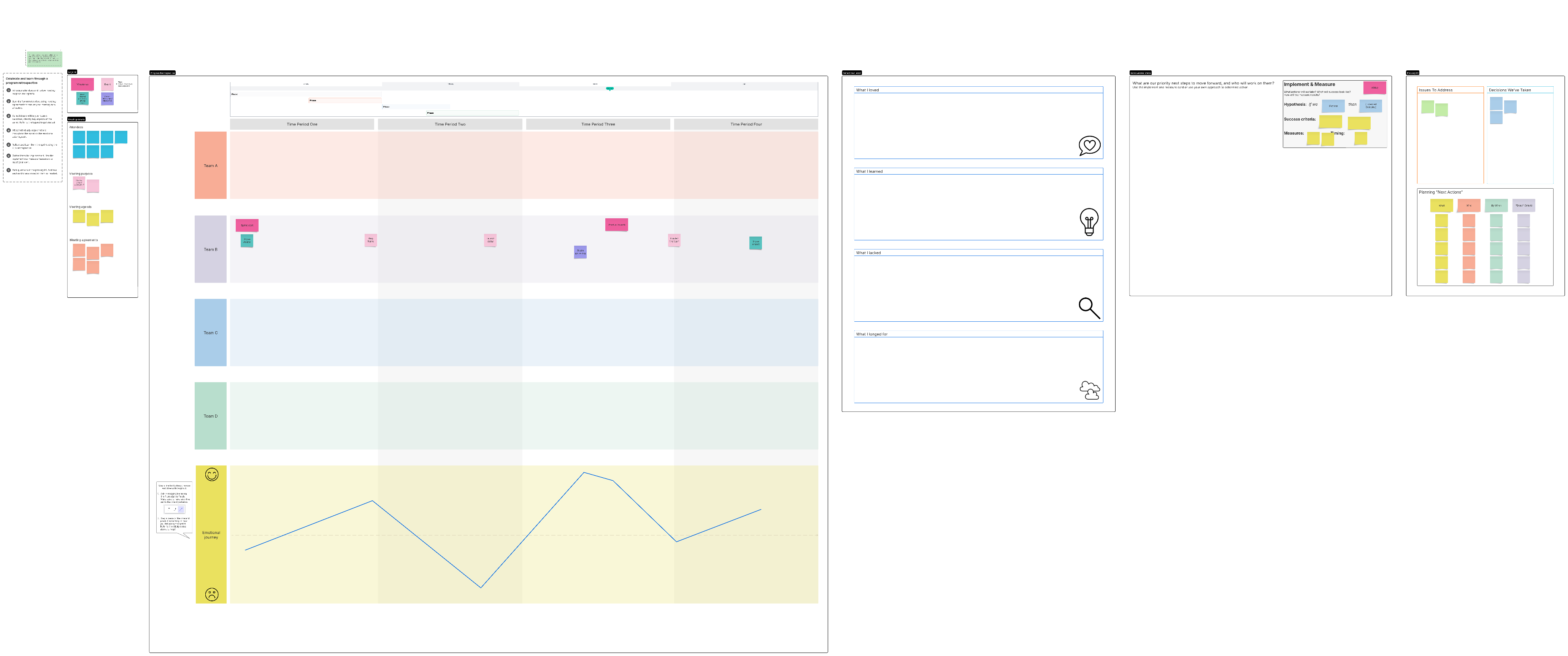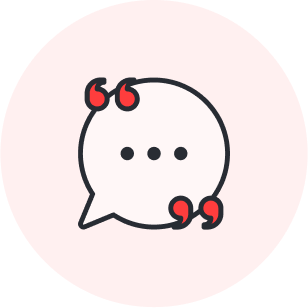
5 best practices for documenting meetings
Reading time: about 6 min
Have you ever had an idea but didn’t write it down, telling yourself you would just remember it later? Did you remember it? Chances are, you didn’t.
Writing things down helps us stay organized, remember important details and decisions, and helps guide the brainstorming process.
That’s why it’s so important to document your meetings. Documentation before, during, and after your meetings keeps the group on track, provides context for key decisions, and sparks collaboration.
But documenting meetings isn’t just about writing meeting minutes or following an agenda.
Use the following best practices to make the most of your meeting documentation and improve collaboration across the board.
Why it’s important to record meetings
Recording your meetings through clear agendas, meeting minutes, and other note-taking tools like Lucid has many benefits.
Documenting meetings helps you:
- Acknowledge contributions from different team members so they feel heard
- Keep track of decisions, assignments, and action items
- Maintain a record of the discussion to refer back to in the future
- Relay key info to people who didn’t attend the meeting
- Engage team members in the discussion
- Facilitate effective brainstorming and collaboration among the group
- Increase meeting efficiency by keeping everyone on track and reducing repetition or circular discussions
In other words, without good documentation practices, your meetings will be less efficient, engaging, and productive.
Best practices for documenting meetings
Okay, so you know meeting documentation is important. But how do you actually do it?
There are many ways to record meetings, including agendas, minutes, attendance, assignment sheets, and visuals. Whatever tools you use, follow these best practices for documenting meetings to make sure all your meetings are organized, clear, and effective—on and off the page.
1. Collaborate in one shared document
If everyone is taking notes separately, it’s harder to engage the group and foster collaboration. Instead, create a live shared agenda that everyone can access and contribute to during and after the meeting.
When all your notes and information are stored in one shared document, it’s easier for team members to find the information that they need, keep the group on track, and brainstorm together.
When everyone can see each other’s ideas (even if they aren’t fully formed), it’s easier to spark discussion and build on each other’s contributions. And that’s when innovation comes alive.
Lucidspark makes it easy to collaborate and brainstorm in one place so you can easily share and organize your ideas. Our documentation toolkit is full of powerful templates to help you get started.
2. Document decisions and action items in real time
Good meeting notes keep everyone on the same page. If someone couldn’t attend that last meeting, they should be able to refer to your documentation to get up to speed quickly and easily. But meeting notes aren’t just for future review—they can also help your group organize the discussion in real time.
When you’re in the middle of a meeting, it can be easy to get lost in the discussion and forget to take active notes. However, keeping track of decisions and talking points in real time can help you minimize confusion and ensure clear and accurate documentation for everyone to refer to later.
Take note of any key decisions, outcomes or action items as they are discussed throughout the meeting. Don’t wait until the end of the meeting to record those points from memory.
By recording meeting notes in real time, you are less likely to forget anything. Plus, if there’s any confusion about what was said or what decisions were made, you can clarify those points as you document them so everyone is on the same page. This results in a more accurate meeting document that has group consensus.
Lucidspark makes this easy. Vote on topics, assign action items, build timelines for next steps, and more, all in one shared document.
3. Identify meeting attendees
Keep a record of who is present at each meeting. It may seem small, but documenting your attendees helps you track who was involved in key decisions and which team members need to be brought into the conversation.
To make your attendee list most effective:
- Include a designated space in the document for each meeting attendee to list updates and questions. That way, you can address important questions or concerns without missing key points of discussion.
- Track contributions so you never forget who said what. Lucidspark’s Collaborator Colors make this easy by allowing you to identify others’ contributions at a glance.
- Record the names of everyone who was invited to the meeting (even if they couldn’t participate), so you know who you need to follow up with and share information.
4. Let your agenda guide you
Agendas work hand-in-hand with meeting minutes to direct and document your meetings successfully. Before the meeting starts, outline an agenda of key items the group will discuss, including a review of past decisions, follow up on previous assignments, and new questions or problems to address.
Your agenda helps set the tone and goals for the meeting. Use it to guide the discussion so you don’t forget anything important. Distribute the agenda ahead of time to all participants so they know what to expect and are prepared to contribute productively.
Remember to make it a shared document so everyone has access to the same file and can contribute to it in real time on the cloud.

Explore our best templates (and get more tips) for creating an agenda that will start your meeting off on the right foot.
Go now5. Incorporate visuals to guide and record discussion
Visuals are an effective tool for engaging group discussion, organizing and clarifying ideas, and presenting information more efficiently. In fact, visuals improve learning, increase alignment and transparency, boost efficiency and impactfulness of work, and break down silos and barriers to effective team communication. Visuals can be anything from simple whiteboard diagrams or attached images and videos, to more elaborate charts and templates.
Lucidspark can help your team share ideas and document decisions in a creative workspace. Keep your meetings (and your minutes) on track with ready-to-use templates. Utilize an infinite whiteboard to sketch free-hand annotations, vote on ideas, make suggestions, leave feedback, ask questions, and collaborate anytime, anywhere.


Visuals like these not only help engage discussion and spark collaboration during the meeting, but they also provide valuable insight for stakeholders and team members who were not involved in the original discussion. Secure buy-in from stakeholders and justify group decisions more easily with visuals that contextualize decisions. Make the most of your time with clear meeting documentation that is easy to access, easy to share, and easy to visualize.
Lucidspark offers flexible workspaces and creative features so you have the tools you need to spark innovation, keep the conversation going, and ensure none of your team’s ideas fall through the cracks.

Gain our best tips on documenting meetings (and more) in a way that works for your team.
Learn moreAbout Lucidspark
Lucidspark, a cloud-based virtual whiteboard, is a core component of Lucid Software's Visual Collaboration Suite. This cutting-edge digital canvas brings teams together to brainstorm, collaborate, and consolidate collective thinking into actionable next steps—all in real time. Lucid is proud to serve top businesses around the world, including customers such as Google, GE, and NBC Universal, and 99% of the Fortune 500. Lucid partners with industry leaders, including Google, Atlassian, and Microsoft. Since its founding, Lucid has received numerous awards for its products, business, and workplace culture. For more information, visit lucidspark.com.
Related articles
How to create an internal knowledge base
Internal knowledge bases keep information available to the entire company. Access resources to start your own.
How to collect and document project requirements
In this blog post, we will discover how to prep, collect, and document project requirements, along with how to leverage them.
5 benefits of collaboration tools in the workplace
In this blog post, you will discover why finding new and effective ways to collaborate is more important than ever before.
Why digital whiteboarding isn’t just for remote teams
Here are 10 compelling reasons why digital whiteboarding is about to become your new best brainstorming friend.
